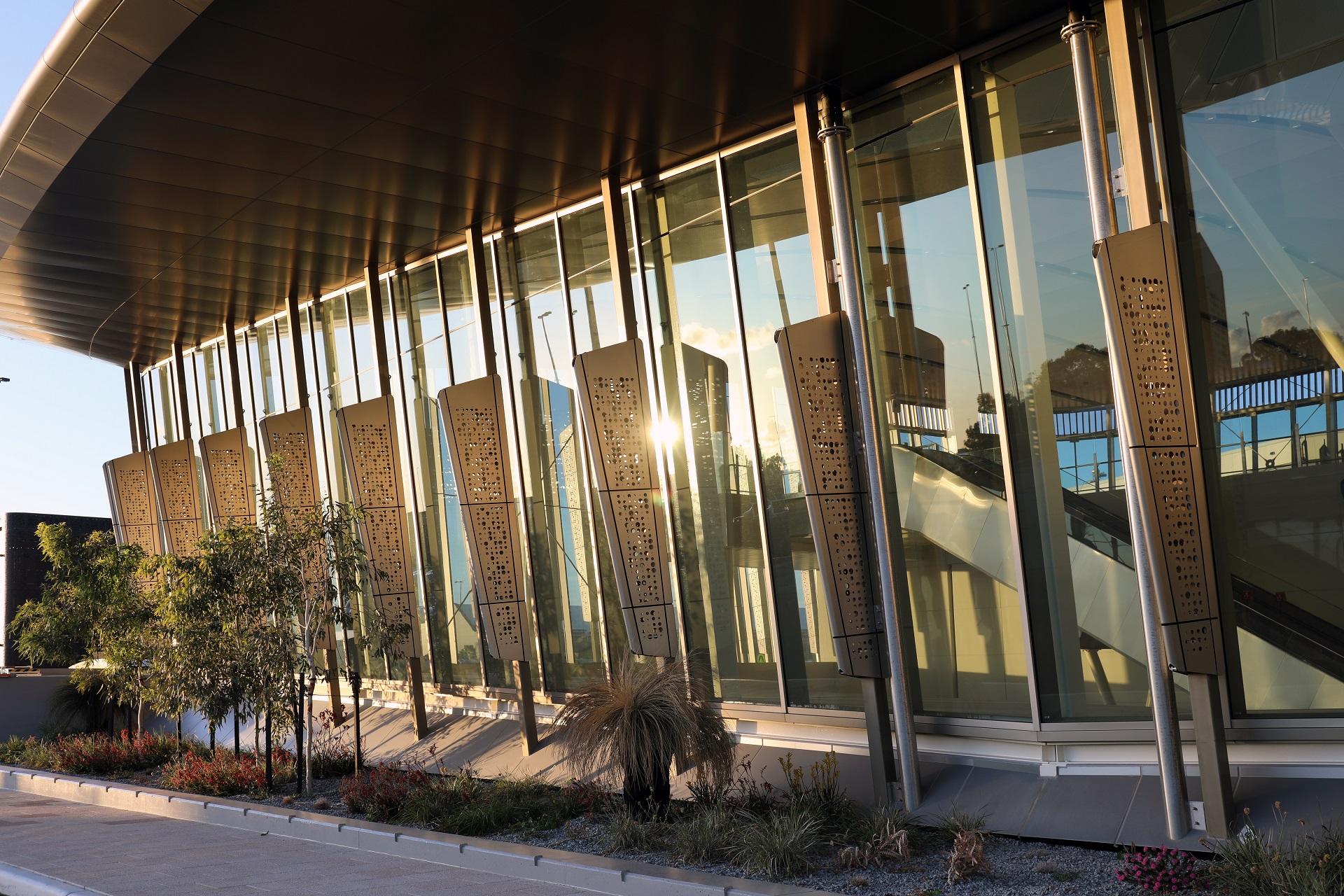Competitive scenario

The Group's business is closely connected to the main megatrends taking place globally, such as population growth, urbanisation, scarcity of resources and climate change.
These trends are changing people's needs, influencing the priorities of public institutions and investors, and redesigning the competitive scenario for companies.
2020 saw an acceleration in the international political and market focus on sustainability, partly as a result of the global emergency caused by Covid19. This pandemic has highlighted the link between environmental degradation and the spread of disease, as well as the importance of having national and corporate systems that are resilient to external shocks.
Infrastructure continues to be an essential response to global challenges in a situation where it is generally accepted that the specialist know-how of large construction companies like Webuild is fundamental to developing infrastructure solutions to improve people’s quality of life.
Infografica
The international community has undertaken important initiatives to manage the changes underway, like the United Nations' 2030 Agenda (which includes the SDGs) for Sustainable Development and the Paris Climate Agreement.
Infrastructure directly and indirectly contributes to achievement of 92% of all the targets linked to the SGDs1. It is a fundamental part of the fight against climate change as it contributes more than 60% of the global GHG emissions2.
In 2020 as part of the European Green Deal, the European Union set the objectives of a reduction of at least 55% in GHG emissions by 2030 and to be climate neutral by 2050. The new US president has set the same objective for 2050 while China aims to begin cutting its emissions by 2030 and to be climate neutral by 2060.
The main focus areas identified to reduce emissions are the energy, industrial, transport and construction sectors, which will receive sizeable investments and incentives in the next few years. The construction sector is expected to play a large part in the post-Covid-19 period, benefiting from economical and fiscal stimuli to build infrastructure for sustainability mobility, smart cities and to fight climate change, all considered essential to contain the effects of future recessions³.
The European Union alone intends to earmark at least 30% of the investments included in the long-term EU budget 2021-2027 and the post-Covid-19 recovery plan (the NextGenerationEU) to projects to combat climate change.
1.Source: Thacker S, Adshead D, Morgan G, Crosskey S, Bajpai A, Ceppi P, Hall JW & O’Regan NO. (2018). Infrastructure: Underpinning Sustainable Development, UNOPS
2.Source: The Sustainable Infrastructure Imperative, New Climate Economy - The Global Commission on the Economy and Climate, 2016
3.Source: Global Construction 2021 Outlook, Bloomberg Intelligence, december 2020
Investimenti-previsti-EN

The current conditions make it possible to believe a desired recovery with significant opportunities for the global infrastructure construction market, generated on the one hand by the launch of large economic plans for infrastructure investment in many countries, on the other by an increasingly focused focus on a global level and in Italy on innovation and sustainability, which need players with consolidated skills and a large scale.






